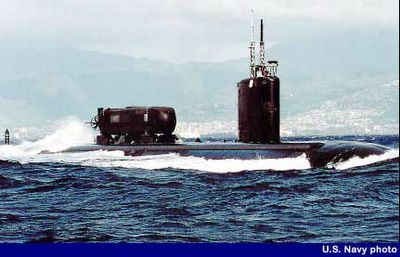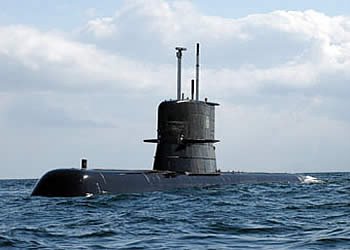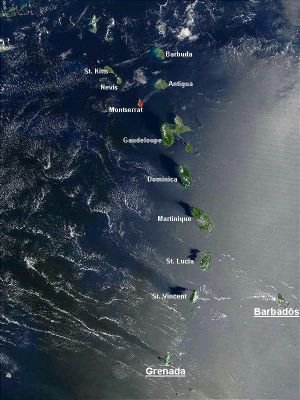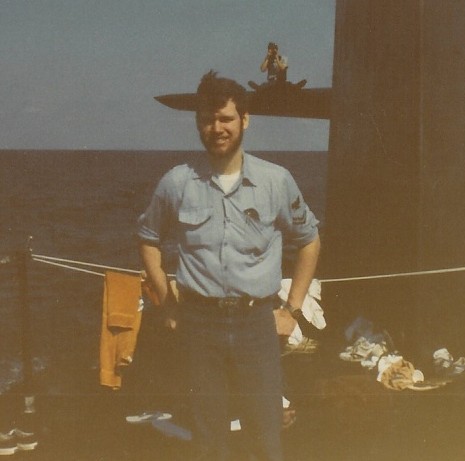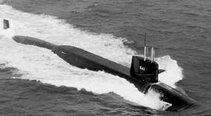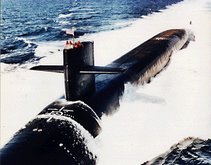There are many bloggers covering the military, some active duty, some retired, some veterans of various campaigns and conflicts. All provide varying degrees of experience and insight into previous and current events. Like journalists, in our open and free society they are exercising their right to free speech, adding to an overall discussion on defense policy and informing their readers on varying topics of interest. Unlike Journalists though the Milblogger does their writing within defined restrictions because of their current or previous service. The Milblogger also knows that if he is negligent or sloppy with his posting a fellow servicemen could be put at risk.
So here's the question:How difficult is it to prevent writing something that, although open sourced, could compromise the security of what the Milblogger holds dear, their country and service?
Intelligence is more than covertly obtained secrets, more times than not is a mosaic of information pieced together to create a picture of the capability, direction or intent of an adversary. Collecting intelligence into this mosaic can come from a number of places, some covert; satellite imagery, signals/communication intercepts, human intel or overt such as simply reading the news and professional journals "Open Sources".
Open Sourced IntelligenceIn a recent
CIA unclassified paper by CIA Analyst Stephen C. Mercado titled "
Reexamining the Distinction Between Open Information and Secrets" the author argues that open sources often equal or surpass classified information. He also contends that the Intelligence Community (IC) needs to assign greater resources to open source intelligence (OSINT), stating that OSINT’s share of the overall intelligence budget has been estimated at roughly 1 percent but provides anywhere from 35 to 95 percent of the intelligence used in the government.
So are Milbloggers acting as journalists or a disassociated network of OSINT collectors unknowingly aggregating information for an adversary or unfriendly nation?
Overt and covert sources of intelligence are sometimes one in the same when leaked information makes it to the public sector. A prime example is the below K-11 spy satellite photo taken 1984 of an under-construction Soviet aircraft carrier. Later in the following year that classified photo appeared in the professional journal
Jane's Defence Weekly exposing and therefore compromising a key US overhead imagery intelligence (IMINT) capability.

K-11 Spy Satellite Photo of Nikolaiev 444 shipyard in the Black Sea 1984.
(Public Domain Sourced:
National Reconnaissance Office via Wikipedia)
Today I can get open sourced satellite imagery approaching the 1984 K-11 leaked photo. The below image is of Electric Boat shipyard in Groton, CT where submarines are constructed. The
terrserver website provides two additional levels of magnification than I posted here.

Electric Boat Shipyard- 4/1991 (Open Sourced:
USGS via terraserver-usa.com)
If I annotated the above photo with additional information pertinent to a news event at the shipyard am I blogging as a journalist? What if I added some personal, though unclassified, insight into that event. Could I become an OSINT source with this additional and unique information added, probably.
Open Source Value
Mr. Mercado argues the OSINT at times provides a better value than covert intel in terms of speed, quantity, quality, clarity, ease of use, and cost. He sites bloggers as one open source that fits the better value "Open Source" criteria.
The Milblogger has a conflict here for all the things that makes his site worth reading are exactly what makes it a value as a OSINT source. In the zeal to provide interesting content, the Milblogger could cross that fuzzy line of what is of value to a reader who is not friendly. Without knowing exactly what knowledge this unfriendly reader is seeking it's impossible to defend against.
Crossing the Line into Classified InfoFor many military personnel serving
in Iraq and Afghanistan blogs have become a more efficient way to share the intensity of their experience. But writing about their experiences in a war zone the Milblogger has to be extra careful not to divulge tactics, techniques, system vulnerabilities, operations, methods, etc.
Milblogs have leaked classified information and the military has
disciplined some service members. In August 2005, an Arizona National Guardsman on active duty in Baghdad was demoted and fined for publishing classified information on his personal blog.
The
Army in particular has seen blogs as a serious "loss lips sink ships" kind of problem.
ConclusionAside from being difficult problem, I don't see a clear answer on how to the mitigate the risk posed by open sourced information. Our society’s freedoms are based on the free flow of ideas, apart from clearly defined state secrets; an effective model of self-censorship for Milblogs isn't available. After all even without Milblogs most of the information is open to the public, just not assembled in one place and easy to find.
Of course, other countries are far
less tolerant of blogs, even one that covers a topic that has nothing to do with the military.
Update 11/9/05 22:00 : As a prime example of exercising discretion in what you post and being diligent in preventing the inadvertent disclosure of sensitive information, MT1(SS) over at Four Knots to Nowhere seems to have caught a breach. He's reporting the sensitive info is already down from the offending site. Bravo Zulu!



